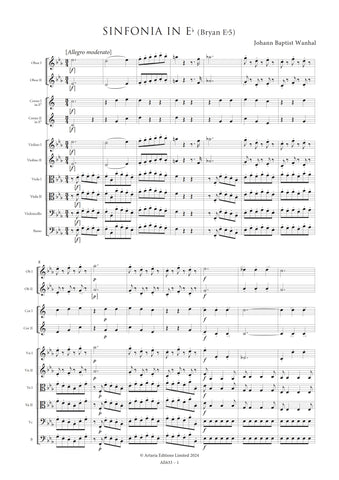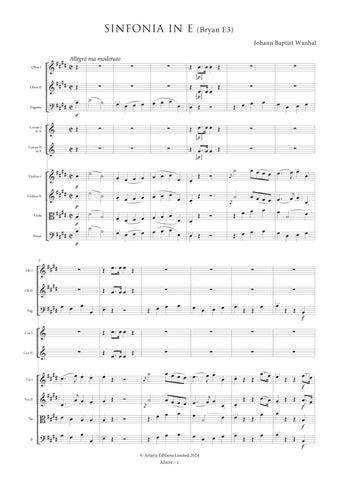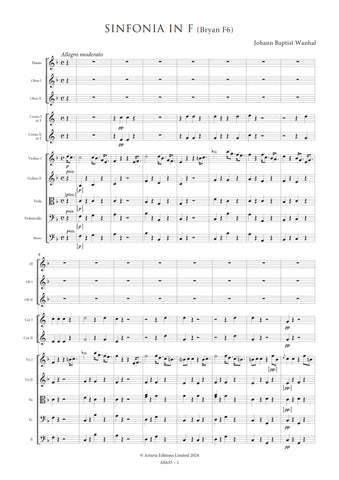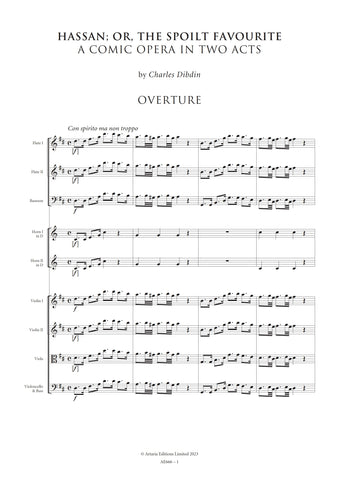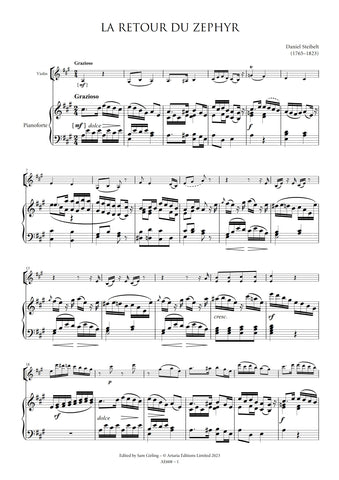Saint-Georges, Joseph Bologne de: Violin Concerto in D major, Op.12 No.1 (AE665) – sheet music
Previous Product Next Product
Description |
Saint-Georges, Joseph Bologne de (1745-1799)
|
||||||||||||||||||||
Details |
Saint-Georges published his concertos and symphonies concertantes in pairs, typically with one work scored for strings alone and the other with wind instruments, although this is not signalled on the title pages. Saint-Georges typically does not entrust the auxiliary parts with presenting thematic material, but their presence adds both to the weight and brilliance of the ritornello sections. The scoring in the solo sections is unusually delicate even by the standards of the mid eighteenth-century concerto with its frequent use of two- and three-part string textures, and this serves as a reminder that concertos were performed and thought of as a type of chamber music at the time even when they were played by expanded forces as was likely the case with Saint-Georges’s concertos. The confident handling of musical structure in the first movements of Saint-Georges’s Op.2 concertos suggests that he was already an experienced composer at the time they were produced. These works established both a structural pattern and style that Saint-Georges largely adhered to in his later concertos, including those of Op.8. If there is a weakness in all these movements, it is that the solo sections contain a good deal of bravura passage work, which is not linked in any way to the thematic materials upon which the movements are based. These passages, however, reveal what a fine violinist Saint-Georges must have been. He exploits the high register of the instrument a good deal and combined with writing that demands great agility on the part of the performer, the solo parts possess an almost palpable physicality. Saint-Georges’s striking appearance, his physical grace and athleticism must have also contributed to the impact he made as a performer. His awareness of this fact may also explain in part the strong familial resemblance between his solo concertos, which represents not so much a failure of invention but rather an understanding of the visual dimensions of performance. To some extent, these same qualities are to be found in the finales of the concertos, but, being cast in the fashionable rondo form favoured by French composers, the display of virtuosity is rather more restrained. Both types of movement, however, also exbibit in places a more lyrical style of writing that also characterizes the slow movements of his concertos. |
||||||||||||||||||||
Score Preview |








